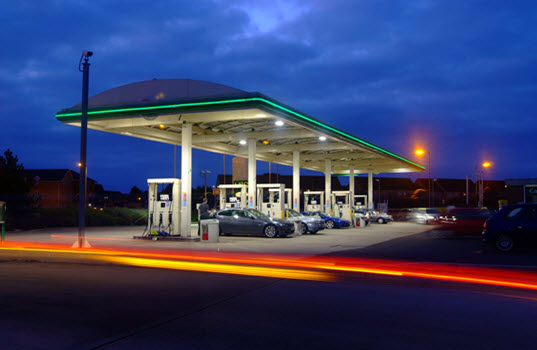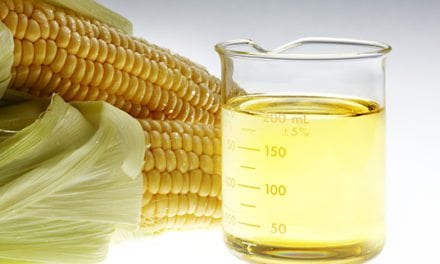By Joe Petrowski
For years I have written about the “Mendoza” line in fuel retailing. which is the absolute minimum of total weekly fuel sales that a merchant needs to obtain to remain relevant and profitable. That number was 17,000 gallons/week/site but it is now 19,000 gallons per site. Maybe a better metric is to look at the 20 top fuel retailers in the United States against the rest of the field.
As a nation we sell 3 billion gallons of diesel and gasoline per week through 153,000 sites.
The top 20 sell 1.3 billion gallons (43%) f those gallons through 28,000 sites, or 46,000 gallons per week.
The rest of the field sells 1.7 billion gallons through 125,000 sites, or 14,000/week.
What I know from observation, 40 years of management, various studies by trade associations like NACS and SIGMA and others is what motivates fuel buyers are:
- Price & location (75%)
- Easy egress and parking (7%)
- Speed and simplicity at pumps fast and easy to use (7%)
- Loyalty programs (6%)
- Guaranteed fuel quality and trust in site operator (5%)
Nowhere is brand cited. In fact, the mark of a major can be seen as a negative influence on fuel sales given the increased reliance on food and beverages and the pejorative association of big oil in popular culture. This combined with the desire to buy local and an often correct assumption that the “mark of a major” connotes a higher price.
While there is little you can do to alter location once a site is purchased or built, easy egress, sign visibility from the road or up the street and parking in front of the store are all things a fuel merchant can control.
Since buying fuel is never pleasurable, having well-functioning and fast dispensers and CRINDs that do not require an MIT degree to operate are critical. You can add to that dispenser video merchandising or signage promoting special deals inside the store to make supporting total site profitability seamless.
So while 19,000/site/week is still a necessary level to reach, there is no reason a fuel merchant that pays attention to the above cannot reach the rarefied air of the top 20 and sell 40,000/site/week. And the annual EBITDA difference between a 20,000/site/week and 40,000/site/week site is $400,000 /year from fuel and inside margins.
Joe Petrowski has had a long career in international commodity trading, energy and retail management and public policy development. He currently serves as Director of Fuels for Yesway, where he oversees all operations of the fuels team, including pricing, procurement, and management of the firm’s fleet services program. In 2005, he was named President and CEO of Gulf Oil LP and elected to the Gulf Oil LP Board of Directors. In October of 2008, he was named CEO of the now combined Gulf Oil and Cumberland Farms, whose annual revenues exceed $11 billion and that now operates in 27 states. In September 2013, Petrowski stepped down as CEO of The Cumberland Gulf Group. He is Managing Director of Mercantor Partners, a private equity firm investing in convenience and energy distribution, and a member of the Gulf Board.








